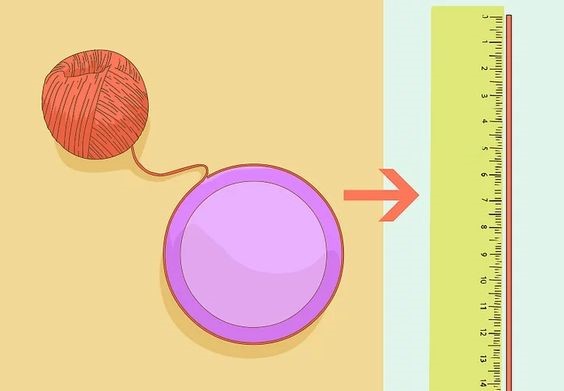5 Ways to Calculate Pi

Introduction
Pi (π) is a mathematical constant that represents the ratio of a circle’s circumference to its diameter. This mysterious number has captivated mathematicians for centuries, remaining both irrational and transcendental. Despite its infinite and non-repeating decimal representation, pi can be approximated using various methods. In this article, we will explore five ways to calculate pi, each employing unique mathematical techniques.
1. Archimedes’ Method
Archimedes of Syracuse introduced a method to approximate pi in the 3rd century BCE. He calculated pi’s value by encircling a circle within polygons and subsequently increasing their sides. By calculating the perimeters of these polygons, he was able to find upper and lower bounds for pi’s value, which gradually converge as more sides are added to the polygons.
2. Monte Carlo Simulation
The Monte Carlo simulation is a popular computational technique that employs random numbers to solve problems. In terms of calculating pi, one can use random points in a square with an inscribed circle. By determining what proportion of these points lie within the circle relative to the total points in the square, we can approximate the value of pi statistically.
3. Infinite Series
An infinite series is a sum of an infinite sequence of terms that converges towards a specific value. One famous series that converges towards pi is Leibniz’s formula for pi, which utilizes an alternating series:
π / 4 = 1 – (1/3) + (1/5) – (1/7) + (1/9) – …
While this series converges quite slowly, other infinite series like Gregory-Madhava-Leibniz, Chudnovsky or Ramanujan converge much faster.
4. Trigonometry and Pi
Trigonometric functions like sine and cosine play an important role in calculating pi as well. In the 17th century, French mathematician François Viète introduced a formula for pi using trigonometry:
π / 2 = (1/2) × √2 × (1/2) × √(2+√2) × (1/2) × √(2+√(2+√2)) × …
More commonly known as Viète’s formula, this expression made it possible to approximate pi using only basic trigonometric operations.
5. Spigot Algorithms
Spigot algorithms are a family of techniques that calculate pi’s digits sequentially without needing prior digits. Introduced by mathematicians Stanley Rabinowitz and Stan Wagon in 1995, these algorithms are efficient and fast ways to generate specific decimal representations of pi without requiring excessive computing power.
Conclusion
Efforts to calculate pi have persisted for thousands of years, with new methods emerging alongside advancements in mathematical understanding. From Archimedes’ approximation using polygons to modern spigot algorithms and Monte Carlo methods, the exploration of pi has always pushed the boundaries of mathematics. While we may never capture its true infinity, these five methods provide fascinating glimpses into the heart of pi’s mysterious nature.






